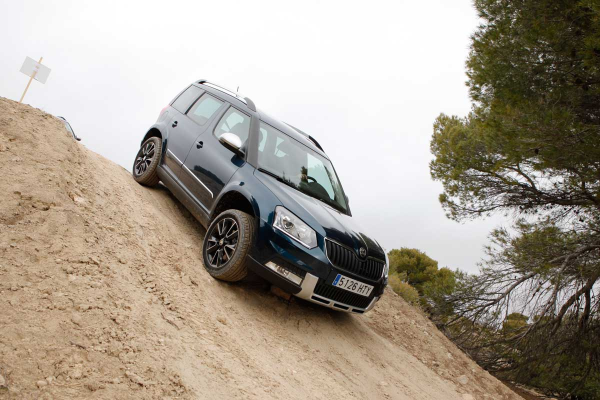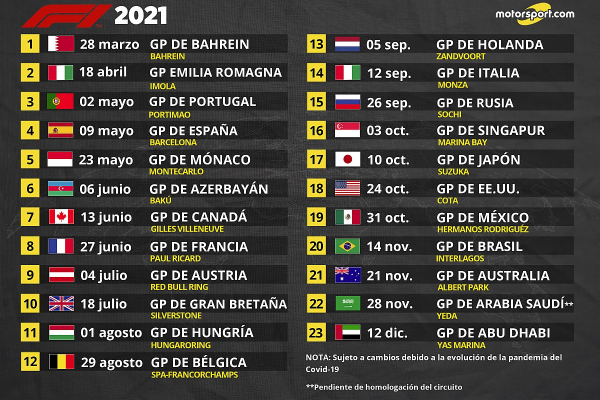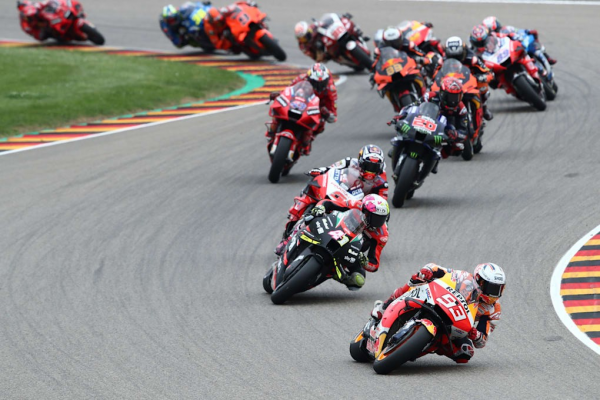
Skoda Yeti
The Yeti is no longer on sale, but it stands as a landmark in Skoda's history. Skoda has replaced it with the Karoq, and to some extent the Kodiaq is a larger alternative, too. However, Skoda’s first crossover remained a competitive model against its newer rivals, with a very likeable, no-nonsense character.
While you might automatically assume that the tough-looking Yeti is best suited to a diesel engine and four-wheel drive, actually it’s the front-drive petrol model that makes the most sense. It has perky performance, surprisingly good real-world fuel economy and is much more refined than the diesel.
If you’re doing big miles or you live at the far end of a rutted track, then fair enough, a diesel 4x4 is best, but for the rest of us the 1.2 TSI will do nicely. It’s a mark of the Yeti’s quality that it remained so competitive in the crossover and compact SUV class after such an extended period on sale, and now it makes a lot of sense as a used family car buy.
The Skoda Yeti is a curiously named family car with plenty to recommend it to the family buyer - despite the oddball name, divisive looks and undesirable badge. It's been a massive success for Skoda since its release, remaining near the top of the class for practicality and value, and holding its own against talented rivals like the Peugeot 2008, Kia Soul and Nissan Qashqai.
As with many of Skoda's cars, the Yeti operates between two classes of car - bigger than the smallest supermini-SUVs like the Nissan Juke, but smaller than bona fide family crossovers like the Renault Kadjar. It's priced pretty neatly in between them, too, giving family buyers another buying choice.
Since its release, the Yeti's had a minor facelift, which tidied up the front end and removed the bulbous dual headlamp arrangement. It also split the range into regular and Outdoor trim - with the former losing the black plastic body cladding and adopting a more 'on-road' style.
There’s no performance version of the Yeti as such, but buyers can have it in Monte Carlo spec, which has a sporting look thanks to a contrast black finish for the roof, mirrors and the 17-inch alloy wheels. There are also some (faintly silly) fake carbon-fibre inserts and a smaller looking three-spoke steering wheel in the cabin. The standard trim levels run from S and SE to the top spec SE L.
The Skoda Yeti comes fitted with hill descent control and all-wheel drive versions have a sophisticated Haldex clutch design that provides maximum traction when needed. A lighter 4x4 system on the latest models means all-wheel drive versions are slightly more economical than before.
The engine range has also been rationalised, with the old 1.6 TDI 103bhp diesel engine dropped in favour of a 108bhp 2.0-litre TDI unit that’s actually 1g/km better off in emissions terms, and also has a little more torque. There’s a 148bhp diesel too, which can be had with four-wheel drive or a surprisingly frugal 1.2 TSI 108bhp petrol unit. All engines can be had with the optional DSG dual-clutch automatic transmission.


